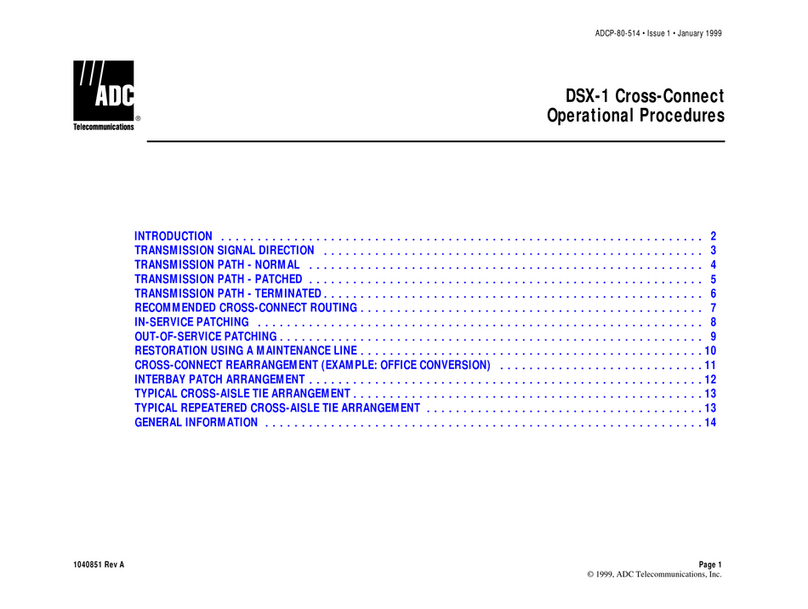
10550
6
1+ ESC,!.. 1B,21,n Set print mode
n is interpreted as follows:
bit 0 Select (1)/Cancel (0) 36-character mode
M-TS63 only: equivalent to ESC,(SP),1]
bit 4 Select (1)/Cancel (0) Double height
bit 5 Select (1)/Cancel (0) Double width
bit 7 Select (1)/Cancel (0) Underlined
bits 1->3, and bit 6, are ignored
Each of these attributes remains in force until actively cancelled.
1+ ESC,$.. 1B,24,n1,n2 Set absolute position
Position = (n1 + 256*n2) dots from start of line.
If printing is currently to the left of this position,blank space is inserted up to
it. Can be single or double height. Any overflow is cut off at end of line.
1+ ESC,*.. 1B,2A,m,n1,n2..Dot-Addressable (Bit) Graphics
m=0 : Select 8 dot high graphics (single line)
m=32 Select 20 dot high graphics (full head height)
Number of dot columns= n1 + 256*n2
Dot patterns are coded as 1= dot, 0= space.
The MSBit of each byte is printed at the top.
When m=0, each8-dot vertical column is encoded as a
single byte.The 8-dot graphics cannot be printed contiguously in the
vertical direction.
When m=32, each 20-dot vertical column is encoded as three successive
bytes.The first, fourth, seventh and so on bytes are at the top of the 20-
dot vertical columns.The four LSBits of the third, sixth, ninth and so on
bytes are discarded.
1+ ESC,-.. 1B,2D,n Turn underline on/off
If n=0: Underlining is turned off
otherwise: Underlining is turned on
1ESC,@ 1B,40 Initialise printer
Clears all parameters to power-on default i.e. normal width and height, no
underline, not 36-characters-mode,not inverted, no extra space, and default
tabs
Not real-time, executed in sequence (see CAN).
1+ESC,D.. 1B,44,d1..dk,0 Set horizontal tab positions
Up to 6 positions are internally recorded, and replace the default settings. If
more are given, the first 6 are accepted and normal processing resumes
from that point.
Note that the tab settings are absolute, and take variable spacing and
position into account.



























